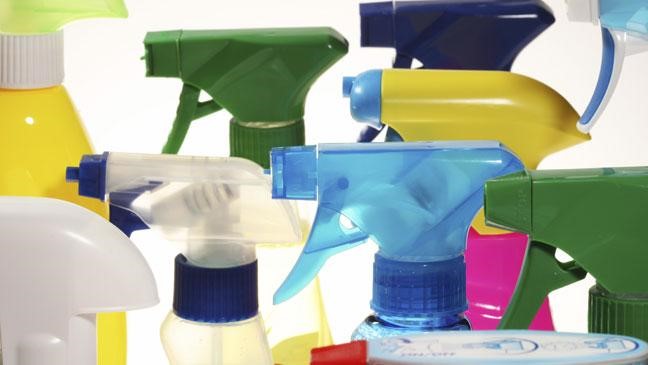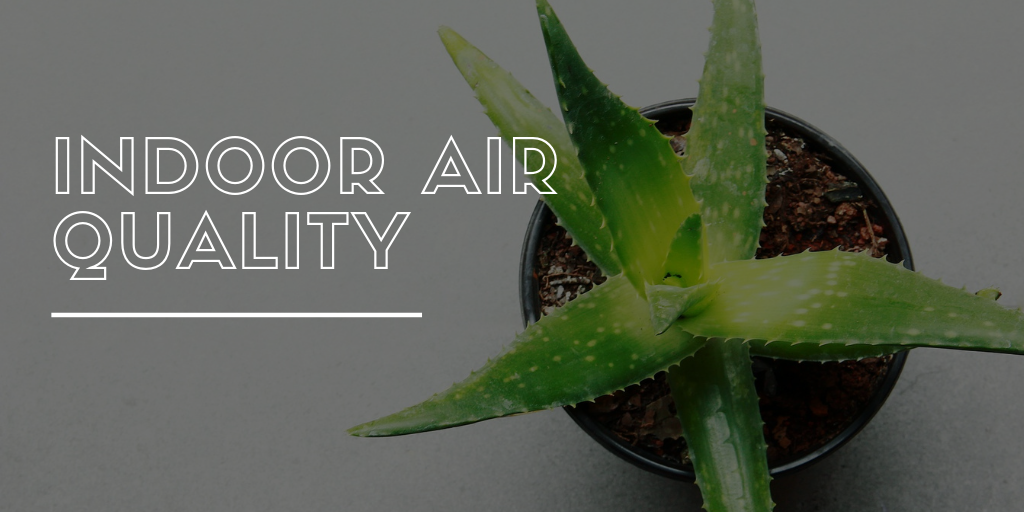There is considerable evidence suggesting a strong link between poor air quality and lowered health and productivity outcomes. Taking into account Australian’s spend up to 90% of their time indoors, managing indoor air quality has become increasingly necessary (Western Australia. Department of Energy and Environment, 2019). Factors that contribute to the quality and comfort of the internal environment include pollutants, temperature, lighting and sound (Western Australia. Department of Mines, Industry Regulation and Safety, 2017).
Indoor Pollution
The sources, types and levels of pollutants are dynamic and are influenced by the ventilation, space layout, equipment and the activities of the dwellers (Western Australia. Department of Mines, Industry Regulation and Safety, 2017).
Pollutants
 Typical pollutants include fungi, microbial contamination, dust mites, particulates and air toxins (US EPA, 1997); however, it is usually a combination of a few contaminants rather than a high concentration of a specific one that causes discomfort to dwellers (US EPA & US Department of Health and Human Services, 1991).
Typical pollutants include fungi, microbial contamination, dust mites, particulates and air toxins (US EPA, 1997); however, it is usually a combination of a few contaminants rather than a high concentration of a specific one that causes discomfort to dwellers (US EPA & US Department of Health and Human Services, 1991).
Ventilation
The design and operation of a ventilation system is critical in maintaining a healthy environment as inadequate circulation can result in the build-up of pollutants in a space (Hedge, 2009). The flow path of the ventilation system needs to be considered as harmful pollutants originating from outside the building (e.g. vehicle exhaust fumes, cigarette smoke, plumbing vents or kitchen or bathroom exhaust air) can be drawn in and become trapped (US EPA, 1997).
Indoor Activities
 Similarly, the materials and activities occurring in the indoor environment also impact air quality. The main sources of volatile organic particles in homes and offices are emitted from carpets or manufactured wood furnishings, pesticides, cleaning agents, unflued gas heaters and operating equipment (Western Australia. Department of Mines, Industry Regulation and Safety, 2017). Furthermore, where there is poor ventilation, the number of occupants in an area can be of particular concern as humans exhale carbon dioxide (Hedge, 2009). Stale humid air, faulty equipment or a lack of cleanliness may result in the presence of moisture or dirt and subsequently, the development of mould or bacteria (US EPA, 1997).
Similarly, the materials and activities occurring in the indoor environment also impact air quality. The main sources of volatile organic particles in homes and offices are emitted from carpets or manufactured wood furnishings, pesticides, cleaning agents, unflued gas heaters and operating equipment (Western Australia. Department of Mines, Industry Regulation and Safety, 2017). Furthermore, where there is poor ventilation, the number of occupants in an area can be of particular concern as humans exhale carbon dioxide (Hedge, 2009). Stale humid air, faulty equipment or a lack of cleanliness may result in the presence of moisture or dirt and subsequently, the development of mould or bacteria (US EPA, 1997).
Consequences of Poor Indoor Air Quality
The consequences of exposure to indoor air pollutants vary depending on duration, intensity and individual differences in health and susceptibility (Laumbach, 2015). Prolonged exposure to poor ventilation, increased levels of pollutants and higher indoor temperatures are correlated with several health implications including a higher risk of developing acute respiratory diseases, which may become debilitating or fatal (US EPA, 2018). More commonly, individuals may experience mild sensory and skin irritations, neurotoxicity and hypersensitivity reactions (US EPA, 2018). These symptoms are generally short term and treatable, although ill-health and sick leave is estimated to cost Australia $12 billion per year (Brown, 1998).
Managing Indoor Air in the Workplace
 In a workplace setting, employers have a duty of care to minimise hazards as far as practical under Section 9(1) of the Occupational Safety and Health Act 1984 (Western Australia. Department of Mines, Industry Regulation and Safety, 2017). Preventative measures can begin at the design stage, including suitable placement of air intakes away from outdoor pollution sources, adjustable ventilation and correct orientation of the building to maximise natural light (Western Australia. Department of Mines, Industry Regulation and Safety, 2017). In addition to functionality, the spatial planning of a room needs to consider the placement of furnishing to ensure efficient air flow (US EPA, 1997). The selection of materials and equipment used in buildings are also an important choice and should be reviewed periodically to maintain performance.
In a workplace setting, employers have a duty of care to minimise hazards as far as practical under Section 9(1) of the Occupational Safety and Health Act 1984 (Western Australia. Department of Mines, Industry Regulation and Safety, 2017). Preventative measures can begin at the design stage, including suitable placement of air intakes away from outdoor pollution sources, adjustable ventilation and correct orientation of the building to maximise natural light (Western Australia. Department of Mines, Industry Regulation and Safety, 2017). In addition to functionality, the spatial planning of a room needs to consider the placement of furnishing to ensure efficient air flow (US EPA, 1997). The selection of materials and equipment used in buildings are also an important choice and should be reviewed periodically to maintain performance.
 Other options to manage indoor air quality include:
Other options to manage indoor air quality include:
- Provision of non-chemical pest control methods,
- Low toxicity cleaning products,
- Regular rubbish collection and cleaning services,
- Dedicated waste disposal zones away from ventilation areas,
- Dedicated smoking zones away from ventilation areas.
(Western Australia. Department of Mines, Industry Regulation and Safety, 2017).
Managing indoor air quality is a shared responsibility and as such occupants should demonstrate appropriate behaviour in regards to cleaning up spills immediately, ensuring correct storage and disposal of food and reporting leakages or air quality hazards (Western Australia. Department of Mines, Industry Regulation and Safety, 2017).
Implementing a proactive approach to managing indoor air quality has the benefit of increased building value and reduced risk and is an easy step managers can take to ensure the health, comfort, and productivity of employees.
Download PDF: ISPL Insight – Indoor Air Quality
References
Brown, S. (1998). Beating the $12 Billion Cost of Polluted Air. CSIRO.
Hedge, A. (2009). Chapter 6: Indoor Air Quality, Health and Productivity. In R. a. Haris, In Door Work and Living Environments (pp. 252-253). New York: Nova Science.
Laumbach, R. M. (2015). What can individuals do to reduce personal health risks from air pollution? Journal of thoracic disease , 7 (1), 96–107.
US EPA. (1997). “An Office Building Occupant’s Guide to Indoor Air Quality”. Office of Air and Radiation (OAR) Indoor Environments Division (6609J). Washington: US EPA.
US EPA & US Department of Health and Human Services. (1991). Section 2 of the Building Air Quality Guide: Factors Affecting Indoor Air Quality. Washington: Office of Air and Radiation, U.S. Environmental Protection Agency.
US EPA. (2018, January 29). Introduction to Indoor Air Quality. Retrieved May 30, 2019, from US EPA: https://www.epa.gov/indoor-air-quality-iaq/introduction-indoor-air-quality
Western Australia. Department of Energy and Environment. (2019). Indoor Air Quality. Department of Energy and Environment.
Western Australia. Department of Mines, Industry Regulation and Safety. (2017). Indoor Air Quality. Department of Mines, Industry Regulation and Safety.

